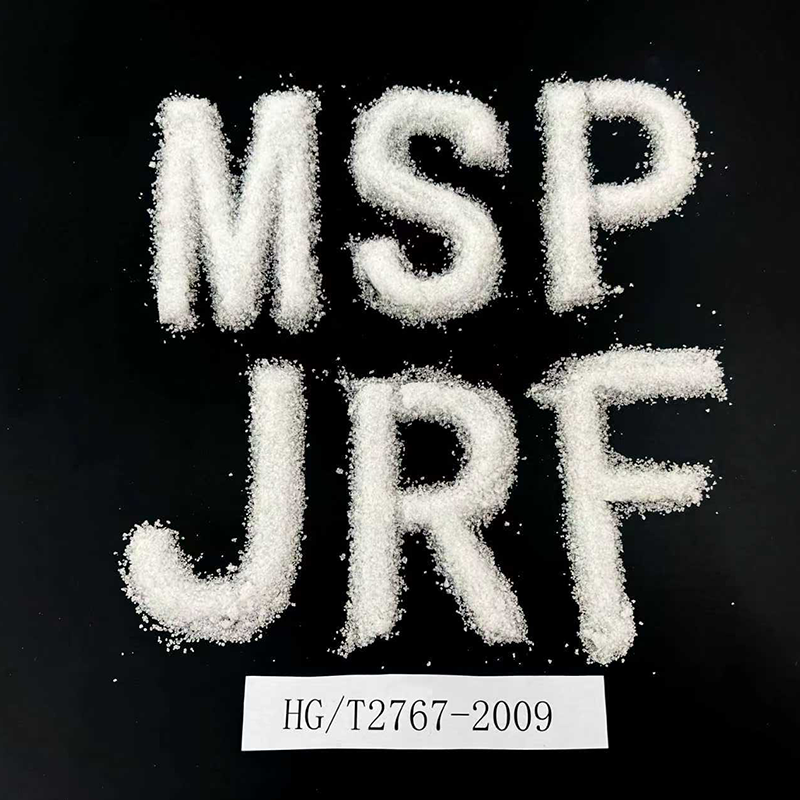Specific applications of sodium phosphate monobasic in the food industry

In the food industry, sodium phosphate monobasic has a wide range of specific applications as a food additive due to its unique chemical properties. These applications mainly involve improving food quality, extending shelf life, and optimizing processing techniques.
In meat processing, sodium phosphate monobasic is a commonly used water-retaining agent and tenderizer. When added to products such as sausages, ham, and meatballs at a specific ratio (typically 0.1%–0.5% of the meat weight), it reacts with the proteins in the meat, enhancing their water-holding capacity. This reduces moisture loss during heating, maintaining a tender and juicy texture, while also increasing the product's weight and elasticity. For example, when making beef meatballs, adding an appropriate amount of sodium phosphate monobasic can increase the moisture content of the meatballs by 10%-15%, resulting in a more tender and elastic texture, and preventing them from crumbling during freezing and thawing.
In dairy production, sodium phosphate monobasic can serve as an emulsifier and stabilizer. In products like yogurt and ice cream, it helps fat particles disperse evenly, prevents fat separation, and improves the product's smoothness and stability. Taking ice cream as an example, adding sodium phosphate monobasic reduces ice crystal size, resulting in a smoother texture, and prevents melting and deformation during storage, thereby extending shelf life. In flavored milk, it can also regulate the product's pH value, prevent milk protein from coagulating and precipitating, and ensure the uniformity of the milk emulsion.
The production of baked goods also relies on the role of monobasic sodium phosphate. In products such as bread, cakes, and cookies, it is often combined with sodium bicarbonate as a leavening agent. When mixed together, they undergo a chemical reaction during heating, releasing carbon dioxide gas, which causes the dough or batter to expand and form a porous structure, making the baked goods lighter and more flavorful. For example, in cake production, the proper ratio of sodium phosphate monobasic to sodium bicarbonate can increase the volume of the cake by 20%-30%, resulting in a light and fluffy texture. Additionally, it can regulate the pH of the dough, promote yeast fermentation, and improve the fermentation effect and flavor of bread.
Furthermore, in some canned foods, sodium phosphate monobasic can act as a buffer to stabilize the product's pH value, preventing food spoilage due to pH changes. In fruit and vegetable canned foods, it inhibits the growth and reproduction of microorganisms, extending the shelf life of the canned goods; in meat canned foods, it helps maintain the color and flavor of the meat while reducing nutrient loss.
It should be noted that the use of sodium phosphate monobasic in food must strictly comply with relevant national standards to ensure that the amount added is within safe limits, thereby safeguarding food safety and consumer health.
sodium phosphate dibasic
sodium phosphate monobasic molecular weight
sodium phosphate monobasic sds
sodium phosphate molecular weight
sodium dihydrogen phosphate dihydrate
sodium phosphate dibasic anhydrous
sodium dihydrogen phosphate
sodium phosphate monobasic pubchem
sodium phosphate monobasic ph
sodium phosphate monobasic cas no
potassium phosphate monobasic
sodium phosphate monobasic other name